Don't miss out on the best jobs!
Subscribe to HelpGoAbroad and weekly we will sent you an email with latest job posts. Provide your email address below
When you were little and were asked the faithful question, “what do you want to be when you grow up?” many of us started with generic answers such as policeman, fireman or veterinarian. I didn’t quite know what I wanted to be, but when we took a family vacation to Palawan, Philippines, my life changed dramatically when I was introduced to the sea turtle conservation project that they were operating at the resort. The resident marine biologist was my new hero and I shadowed her every move and soaked up her knowledge like a desert absorbs water. From baby sea turtle releases to snorkelling and recording data about how many sea turtles were in the area, I was electrified by the fact that this was someone’s actual job, and I felt that I had found my calling!
Fifteen years later, I have just served as the Project Coordinator for Project Penyu (Panyu means turtle in Bhasa Malaysia), which is a sea turtle and reef conservation project, operated through Bubbles Dive Resort, based in the Perhentian Islands, Malaysia. I had several responsibilities from recording temperature statistics of the nests in the hatchery to monitoring the beach for nesting turtles, but one of my main duties was managing the volunteers, making sure they were fulfilling their tasks and not lazily basking in the sun like the local monitor lizards.
If you have yet to discover your calling in life, or maybe you are exploring the study of different avenues of marine biology or you’re just plain crazy in love with marine wildlife, volunteering with a sea turtle project might be the experience you’ve been looking for.
Sea turtles are magnificent creatures and in many cultures, highly regarded for the spiritual wisdom and kindness. Unlike dolphins, seals and other marine mammals, which sometimes show curiosity towards humans, sea turtles are usually quite shy and stick to their own agenda of eating, swimming and during the season, mating and nesting.
When the turtle soon-to-be-mamas are ready to nest, they will only emerge from their watery domain once the sun has set, making the peak hours of work from 8:00 pm to 8:00 am. Sea turtles can take anywhere from two to seven hours to complete the nesting process, so be prepared to spend long hours sitting on a dark beach under the stars listening to the sound of flippers flapping massive amounts of sand. Be prepared for your body clock to be a little unsettled for a few days while adjusting to the new schedule, but maybe this is one instance that your jet lag is actually a positive result.
What to Expect From the Volunteering Experience
Though each marine wildlife volunteer project has it’s own program, the responsibilities of a volunteer can possibly include turtle walks, gathering turtle eggs and relocating them to the hatchery, collecting data, baby turtle releases, reef cleaning and maintenance, and providing conservation education. At Bubbles Dive Resort, all of these duties were part of the volunteer program, as well as regular beach cleans and recycling.
As mentioned earlier, turtle walks occur between the hours of 8:00 pm to 8:00 am, but this doesn’t mean you will walk non-stop for the entire twelve hours! It is divided into two shifts, and walks are conducted at the top of every hour, which is perfect timing for watching one episode of Game of Thrones between each walk! (My volunteers and I finished all four seasons in two weeks) However, assuming you encounter a turtle, your walking schedule will have to be adjusted so that you are able to monitor the nesting turtle, collect the eggs and properly cover the nest, but taking note not miss any other turtles that may have come up on another part of the beach while you were focusing on the first turtle.
Sea turtles dig very deep nests, which is why it usually takes them a few hours. They first dig a pit using their front flippers, and then transition to using their back flippers to excavate a watermelon-sized chamber, which is where she lays her eggs. Once she’s finished laying anywhere form 80 to 120 eggs, she will spend a few more hours covering the nest, what this means is that in order to deceive predators she will fully cover the nest anddig another pit away from the actual nest.
What this means for volunteers is that you’ll find yourself digging about a meter deep through slippery sand to get to the eggs, which on average takes about 45 minutes. Once you have located the chamber, removing the eggs is a very delicate process because although the shells are not as fragile as chicken eggs, the leathery exterior houses an embryo that must remain in its original orientation as when it was laid. If the egg is rotated the embryo will not develop properly and the future of that egg is compromised immediately. With two volunteers scheduled on each shift, one positions themselves to excavate the eggs, while the other carefully receives the eggs and counts them as they are placed in the bucket.
Each nest takes an hour on average to complete the entire process, which is then followed by the process of creating a new nest in the hatchery. Creating a new nest in the hatchery is not too complicated, but it is crucial to prepare the artificial nest properly as this is the new home of about 100 baby turtles. They will incubate for an average of 60 days, after which they will begin to peak their tiny heads out of the sand.
Another duty of volunteers is data collection, which is a valuable skill for aspiring scientists. Collecting data during the night walks with the activity of the sea turtles, as well as throughout the egg incubation period by taking temperatures of the nests and the hatchling success rates of each nest. In addition to scientific skills, volunteers are also able to practice communication skills with the public by hosting conservation “turtle talks” which are given every night to the guests at the resort. By educating the public, we are able to help spread understanding of these magnificent creatures and how we can help sustain their existence.
A potential perk of marine related volunteer experience is learning how to dive, improving your dive skills or gaining official diving certifications. Some facilities are located right next to a reef or an area where an artificial reef can be constructed. You may have the opportunity to learn techniques in artificial reef building, maintenance of artificial reefs and how to clean natural coral. Some programs, such as Project Penyu, include a variety of dive courses as a part of the volunteer program, allotting time and costs so that you successfully complete your courses.
What to Expect For Accommodations
These days, a great majority of volunteer programs have costs ranging from hundreds to thousands. Although the term volunteering implies that you are donating your time, what organizations have developed is a type of program that teaches and provides a valuable experience for volunteers, while also supplying food, equipment and a sound place to sleep. The cost that you are being charged covers all of these lovely comforts and although you might say that you’d be happier to live more simply in order to participate without any extra costs, you would eventually spend your finances supplying those amenities for yourself anyway, the organizations have just simplified the process for you.
For Project Penyu volunteers, they were charged depending on their program but on average, they were paying about £300 per week. This included an air-conditioned room, with a fully functioning bathroom with a Western toilet and house keeping changing their sheets weekly. The fee also included three hot buffet servings that always had vegetables, meat and rice or noodles. There was even a vegetarian who had no issues managing her particular diet with the buffet options. The cost of equipment for their selected dive program, including air, fuel for the boats, a dive guide and air tanks was also included.
How to Apply
A majority of popular marine wildlife programs can usually be found through sites such as One Green Planet and GoEco. However, by simply by typing “Marine Wildlife Volunteer” you will receive listings of hundreds of potential projects to join, it is all up to you on what species you’d like to work with, what type of responsibilities you are qualified and interested in, where you would like to go and for how long. Some projects are only a few weeks, while others a few months, and some are for specific time durations while others are more flexible. Ecoteer is the website that my volunteers utilized when they signed up for Project Penyu and most of their experiences were positive, although there were a few complications when it came to days of arrival and departure, so be sure to carefully check on your itinerary before final confirmation.
It is very important to understand exactly what your project is expecting of you and to clarify what your expectations of the project are, so that when you arrive you aren’t greeted by a situation where you feel uncomfortable, cheated or disappointed. Spend the time researching and ironing out all the details so that you achieve the experience you are seeking as well as making meaningful contributions towards learning and assisting marine wildlife!
Sign in to publish a comment
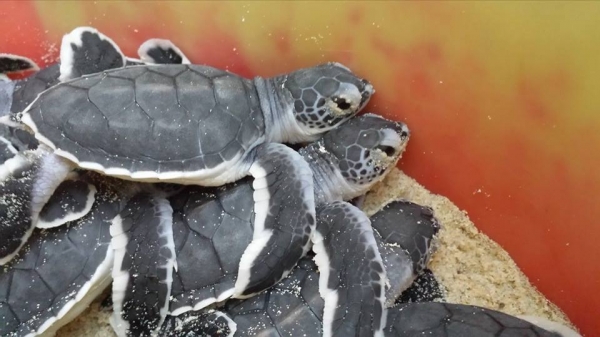
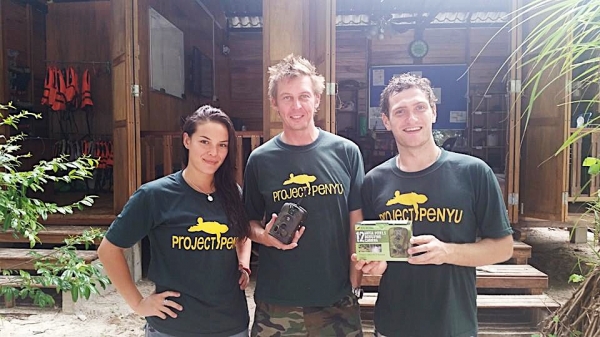
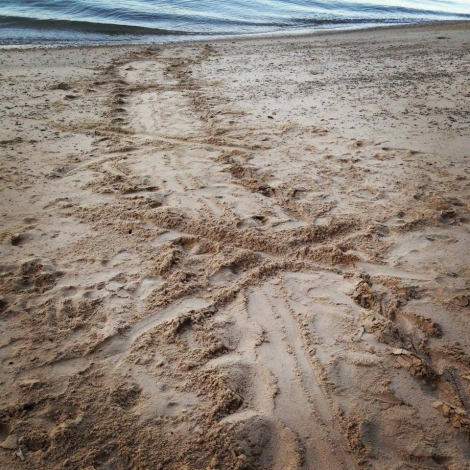
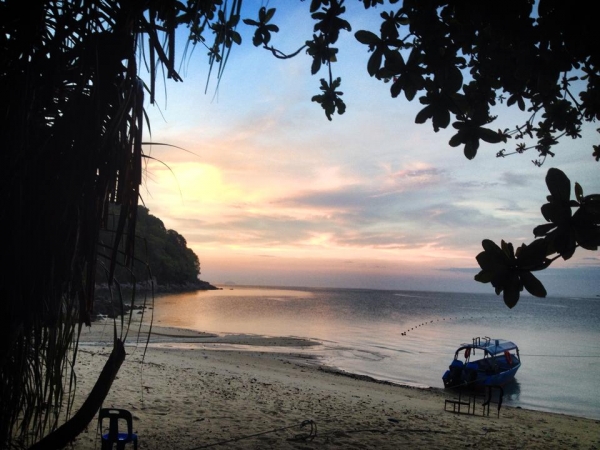
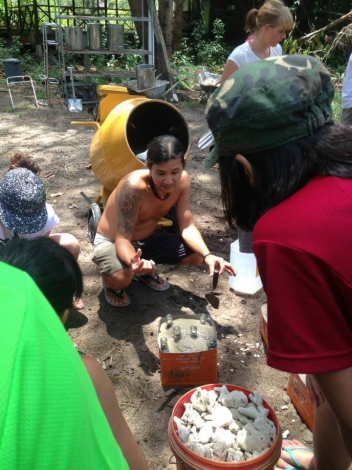
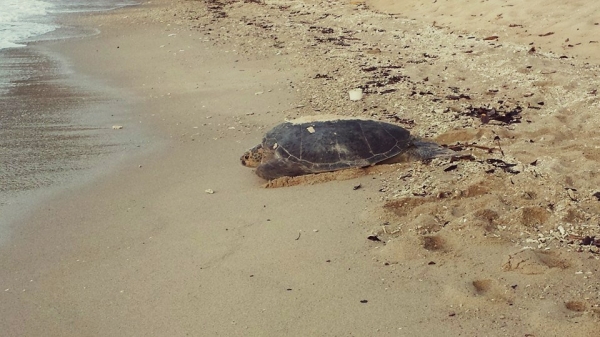
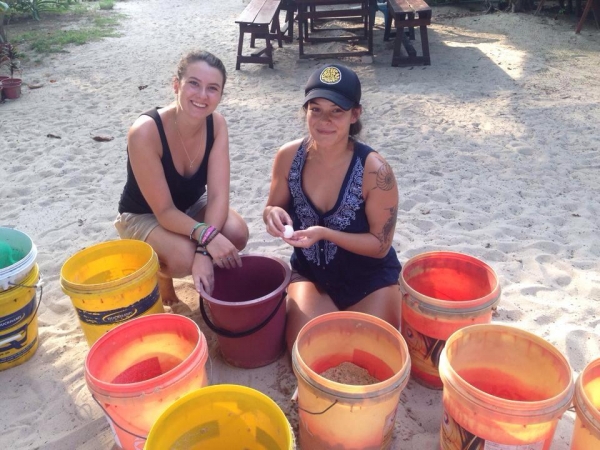
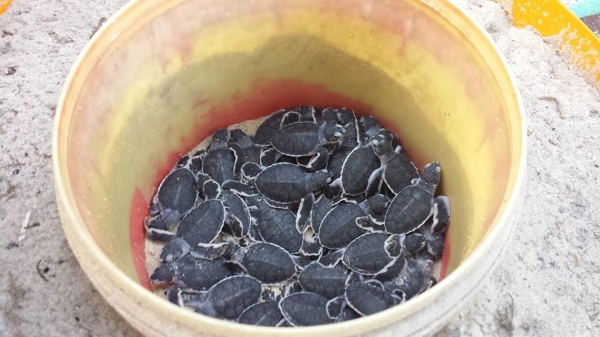
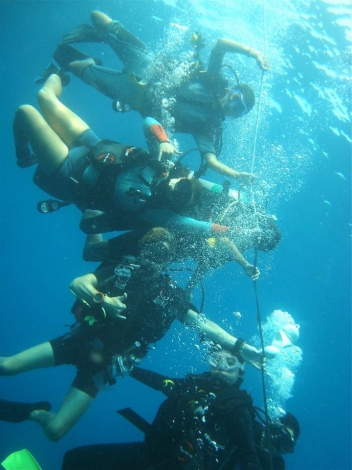
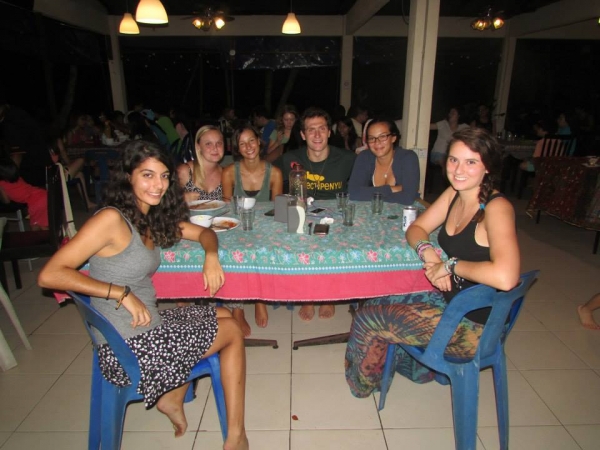
Be the first to comment on this post.